You have to strike when the iron is hot, and shortly after returning from D.C. I knew alewives would be running in the Milwaukee River. I had missed the opportunity to fish for them when I was living in Wisconsin, but now I was determined to make things right. After spending an evening with my friend Terry and his girlfriend Kayla, I headed to downtown Milwaukee with a one day Wisconsin fishing license in hand.
There were a few other shore fishermen near the mouth of the river. I asked around if anyone was catching alewives, but no one said yes. One guy said they should be in there - it was just that everyone was fishing larger lures for steelhead. He recommended a small plain bronze hook, which if you remember, is exactly what I caught blueback herring on in the Potomac. I tied up the same rig and walked along the wall jigging the two hooks up and down. I made it from the mouth of the river to the start of the restaurants without a bite. I walked about half way back towards the mouth when I felt a tap-tap-pull. Fish on, and it was an alewife!
Alewife (Alosa pseudoharengus) - new hook & line species #333
Descriptions online say that alewives are nearly impossible to distinguish from blueback herrings, but I think they look quite different. My alewife was less streamlined, had a bigger eye, and a larger mouth. Granted, I'm basing this observation off of one fish, but to me it seemed noticeably different.
I'm happy to share my secret alewife spot with the world. From what I've heard they can show up in much larger numbers, but when I was there I only caught the one fish.
I continued jigging the plain hook rig in hopes of catching a few more, but my only other bite was from a very small steelhead. The adults are mostly silver, so it was neat to see one with typical rainbow trout patterns.
"Steelhead" Rainbow Trout (Oncorhynchus mykiss)
Here's a photo of the rig I was using. The hooks are threaded on to the line and then a small loop knot is made my wrapping the line around itself three times and feeding the hook through the opening and cinching the knot up tight. The hook dances around erratically when you jig it up and down, which I think is what catches the fish's attention.
I didn't spend too much time looking for more alewives, because I also wanted to try for trout-perch (which are neither trout nor perch) in the Root River in Racine, 45 minutes south of Milwaukee. I fished the same spot where I caught my lifer longnose sucker years ago. Several of my friends caught trout-perch there in the past, and I hoped to repeat their success.
I started off using a presnelled Tanago micro hook with a piece of redworm as bait, but a trout quickly broke me off. Trout-perch can get fairly large for a "micro" species, so I switched to a size #20 hook on 4 lb line. Small trout continued to be the most common catch. I didn't have a trout stamp, and honestly it made me feel uncomfortable catching so many of them! If a conservation officer approached me I'd have to convince him that a relatively unknown minnow species was my target, not the trout.
Brown Trout (Salmo trutta)
"Steelhead" Rainbow Trout (Oncorhynchus mykiss)
Eventually I did begin catching other species, but unfortunately none of them were trout-perch. Round gobies were the most common, and there were a few creek chubs and bluntnose minnows as well. I moved around trying different depths and currents, but the mix of species that went for my bait didn't change.
Round Goby (Neogobius melanostomus)
Creek Chub (Semotilus atromaculatus)
Bluntnose Minnow (Pimephales notatus)
Catching one of two target species in a day is nothing to feel bad about, so I drove back to Illinois feeling victorious. Someday I'll try again for my lifer trout-perch. Oddly enough, their distribution shows them in the entire length of the Illinois River, but I've never heard of someone catching one. I still think the Root River in Racine is my best bet, but who knows, maybe I'll be able to find one closer to home.


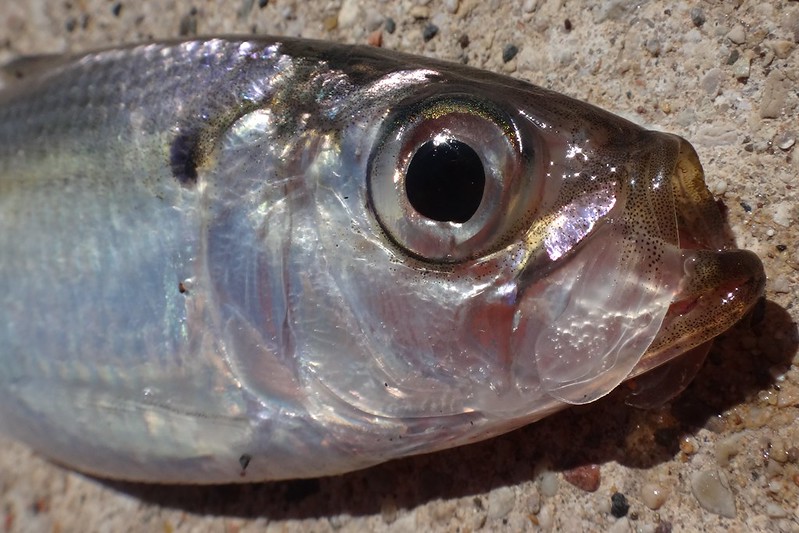

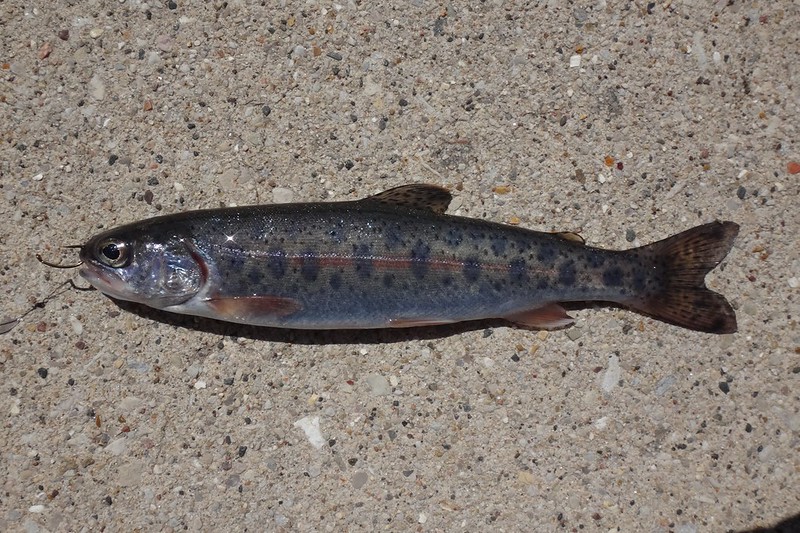
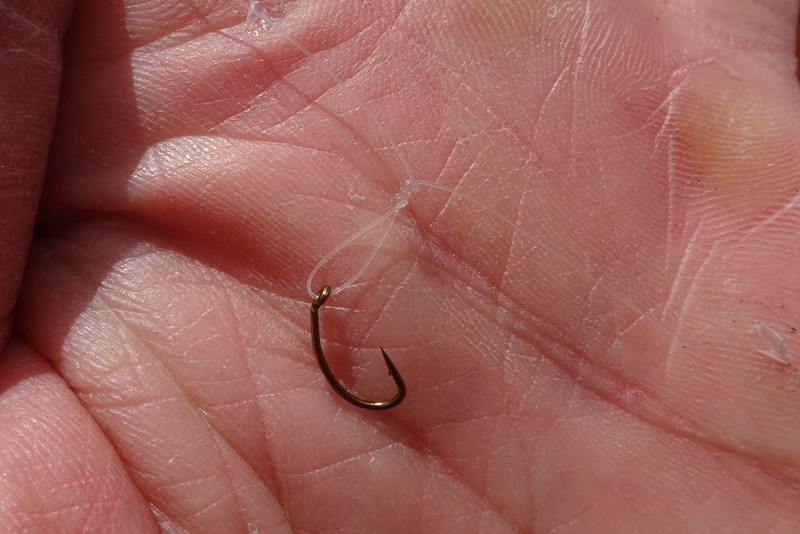

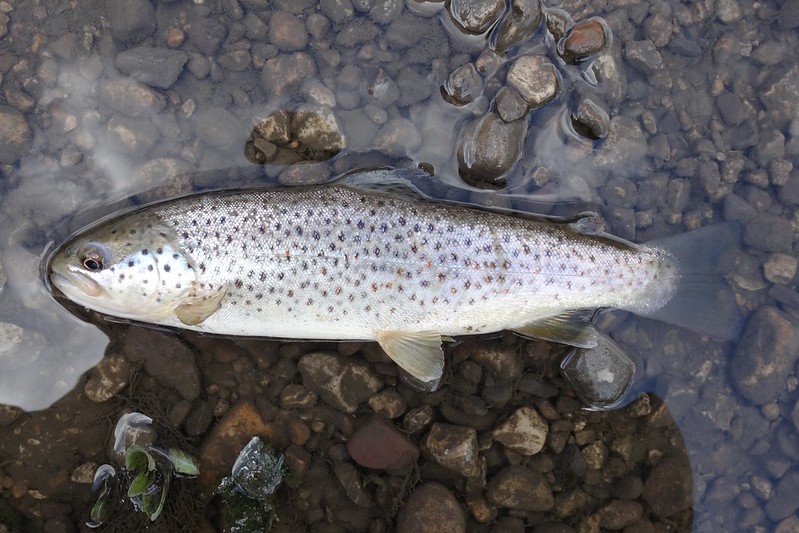
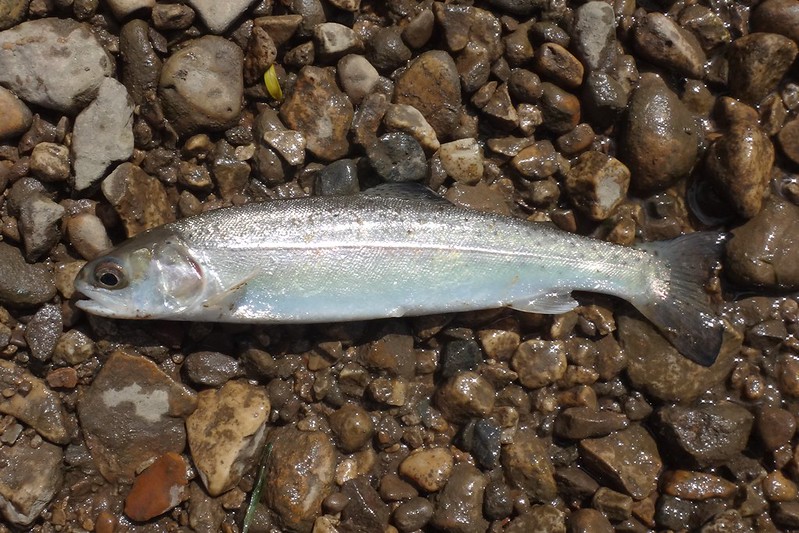
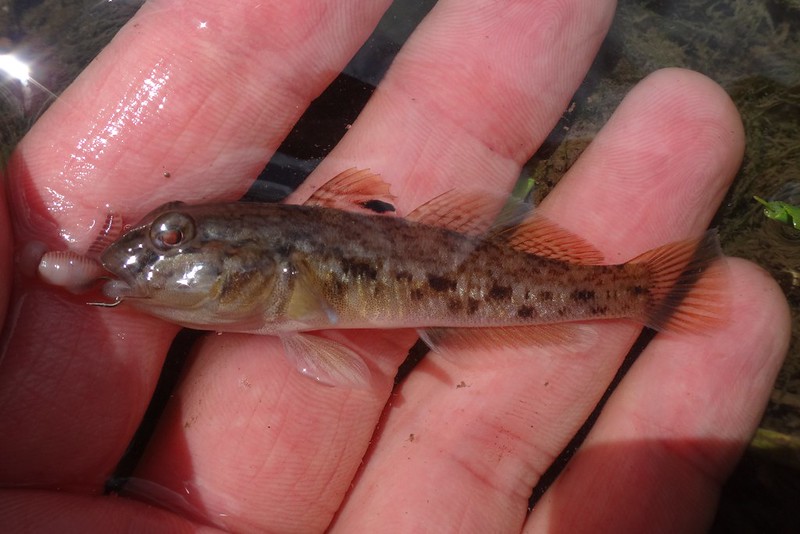


No comments:
Post a Comment
Note: Only a member of this blog may post a comment.